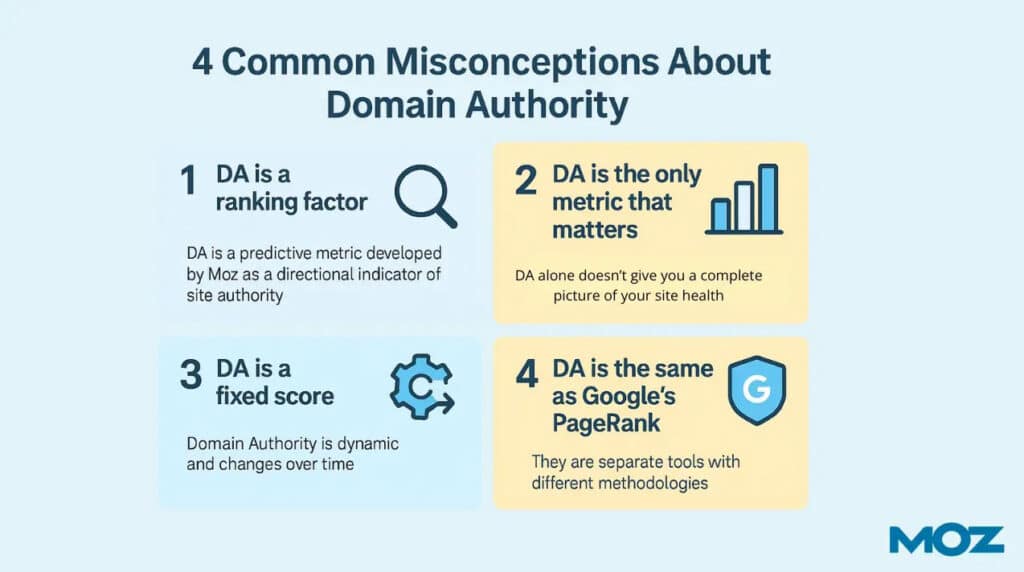Every personal injury lawyer I’ve ever worked with wants to see numbers.
Numbers feel like progress.
Numbers make marketing reports look impressive.
But here’s the truth: most of the numbers law firms obsess over are vanity metrics. They look good on paper but have little to do with actually bringing in new cases.
Let’s break this down.
What Are Vanity Metrics?
A vanity metric is any number that makes you feel like progress is happening, but doesn’t tie back to signed cases or revenue. These are the shiny stats that agencies love to parade in their monthly reports because they’re easy to inflate.
Think of vanity metrics like fluff in a résumé. They make you look good at a glance, but when it comes time to perform, they don’t mean much.
The Problem With Vanity Metrics
Vanity metrics aren’t just distracting. They’re expensive. Firms spend thousands chasing numbers that don’t tie back to case sign-ups.
Agencies love vanity metrics because they’re easy to manipulate. They keep clients paying without asking hard questions.
But for a PI firm, focusing on vanity metrics is like counting jurors’ facial expressions instead of listening to the verdict.
Why Agencies Push Vanity Metrics
Agencies know these real KPIs are harder to influence quickly. It’s much easier to show you “DA went up by three points” or “traffic increased 25 percent” than to tie marketing spend directly to signed cases.
That’s why you see vanity metrics in reports. They make agencies look good while avoiding accountability.
Why Law Firms Fall for Vanity Metrics
Lawyers are trained to analyze.
When presented with numbers, they naturally look for patterns and draw conclusions. Marketing agencies know this. That’s why they highlight stats that sound impressive but don’t actually prove ROI.
It’s the same psychological trick as giving you a “case value estimate” before discovery. Looks nice, makes you feel secure, but it isn’t the real outcome.
Now, let’s talk about the biggest offenders when it comes to vanity metrics.
Domain Authority: The King of Vanity Metrics
One of the big ones is Domain Authority (also known as “DA”).
“Domain Authority” is a number invented by Moz. Ahrefs has its own version called Domain Rating (DR). Semrush has Authority Score.
All of them are proprietary guesses at how “strong” a site is.
But DA was never meant to be treated as gospel. Moz even said so themselves.

It’s an estimate designed to help marketers compare sites.
But agencies quickly realized they could use DA as a selling point. “We increased your DA from 28 to 35 this month!”
That sounds like progress. But if phone calls didn’t increase, what’s the point?
Domain Authority is the ultimate vanity metric because it justifies a subscription. It gives you a number to obsess over that only the tool itself controls.
Backlinks: Valuable but Not the Whole Story
Backlinks are another area where firms get misled. Don’t get me wrong, links matter. But in personal injury law, links aren’t the only or even the most important driver of cases.
Here’s why:
- Context matters. A link from a Houston Chronicle crash report can have more impact for a Houston PI firm than 500 irrelevant guest posts on generic blogs.
- Local relevance is king. Google’s local algorithm cares about proximity, relevance, and prominence. Your firm’s GBP profile, reviews, and citations can outweigh link building campaigns that cost thousands.
- Diminishing returns. Once you have a solid backlink profile with credible sources, piling on more low-quality links doesn’t move the needle.
For thought leadership sites like mine here at BetterCallSpencer.com, backlinks matter more. I’m competing nationally on SEO topics.
But for a PI firm, being cited locally, getting consistent branded mentions, and building trust signals often bring more value than chasing raw backlink numbers.
Keyword Rankings: More Fluff Than Fact
You’ve already seen me write about keyword rankings being vanity metrics.
Being number one for “Houston car accident lawyer” looks great, but what if your click-through rate is two percent? What if those visitors bounce because your intake form is buried?
Even worse, what if you’re ranking for terms that will never drive a case?
For example, one law firm’s most visited posts is about Texas legalizing brass knuckles. That page pulls traffic, but does it bring in accident cases? Of course not.
Rankings in isolation don’t matter. What matters is qualified traffic that converts into signed cases.
Why Social Media Followers Are a Vanity Metric
Agencies love to brag about social media growth. “We grew your Instagram by 3,000 followers!”
That sounds great until you ask the only question that matters: did it lead to cases?
For most PI firms, followers and likes are vanity numbers. People rarely hire a lawyer because they saw a meme or clicked like on a post. A car crash victim isn’t scrolling Instagram thinking, “I’ll pick the firm with the most followers.”
But this doesn’t mean social media is useless. Here’s where it actually matters:
- Trust signals: A professional, active social presence reassures potential clients you’re a real, established firm.
- Reputation management: Reviews, testimonials, and community posts can reinforce your brand authority.
- Retargeting: Paid social campaigns that re-engage past site visitors can be powerful for keeping your firm top-of-mind.
- Amplification: Social can help distribute content like case results, news coverage, or blog posts that do support SEO and intake.
So yes, growing followers is vanity. But using social strategically to support visibility, trust, and retargeting does matter.
Bounce Rate and Time on Site
Bounce rate is another misunderstood number. Agencies point to it as proof a page isn’t working.
But in reality, a “high bounce rate” can mean your content answered the question quickly and effectively.
- A potential client lands on your page.
- They see your phone number, call within 10 seconds, and sign up as a case.
Analytics records that as a “bounce” because they didn’t click to another page or stay on the site longer. But in reality, that visit turned into real revenue.
Time on site is the same. Longer doesn’t always mean better. If someone spends 20 minutes wandering through your site but never calls, what did you gain?
Traffic Volume
“Your traffic is up 40 percent this month!” Agencies love to lead with that. And on the surface, it sounds like success. But here’s the problem: traffic without conversions is just noise.
Ten thousand new visitors don’t mean anything if none of them pick up the phone, fill out a form, or sign a retainer.
In fact, in personal injury law, you’d rather have 1,000 highly qualified local visitors than 10,000 random ones from across the country.
Traffic is also one of the easiest numbers to manipulate. Agencies can flood your site with irrelevant blog posts or chase broad keywords that bring in clicks but not cases.
The report looks good, but intake isn’t busier.
That’s why traffic should only ever be treated as a context metric – useful for spotting trends, but dangerous when presented as a KPI.
The real KPIs are how many of those visitors became leads, and how many of those leads turned into signed cases.
The Metrics That Actually Matter For A Law Firm
Ok, let’s shift the focus to the numbers that matter.
Case Acquisition Cost (CAC)
How much did you spend to get a signed case? This is the gold standard. If your CAC is too high compared to average case value, you’re bleeding money.
Cost Per Lead (CPL)
An interim measure. Useful while attribution is messy, but less valuable than CAC.
Signed Cases by Channel
Every report should answer this: which marketing channels brought in signed cases? SEO, LSA, PPC, referrals.
Intake Conversion Rate
It’s not enough to generate leads. How many turned into signed cases? A 10 percent bump in intake efficiency can outperform doubling your ad budget.
Revenue Per Signed Case
Not all cases are equal. One 18-wheeler case can be worth more than 50 soft tissue cases. Quality matters.
Brand Visibility and Search Demand
When more people Google your firm’s name, you’re winning. Branded search volume is one of the clearest signs your marketing is driving awareness and trust.
How to Protect Your Firm From Vanity Metrics
- Ask for signed cases, not sessions. Every report should tie back to cases.
- Push back on DA and DR. If it’s not a Google metric, it shouldn’t be your north star.
- Focus on intake. Marketing doesn’t end at the phone call. Measure what happens next.
- Value branded search growth. If more people are searching your name, you’re building authority that matters.
- Audit your spend regularly. If you’re paying for reports filled with fluff, question the ROI.
Closing Thoughts
Vanity metrics will always be part of the marketing landscape. They’re easy to sell, easy to manipulate, and easy to misunderstand.
But if you run a PI firm, they’re not what wins cases. The firms that win are the ones that measure the right things.
Signed cases. Cost per case. Revenue per case. Intake conversion.
Everything else is just noise.


